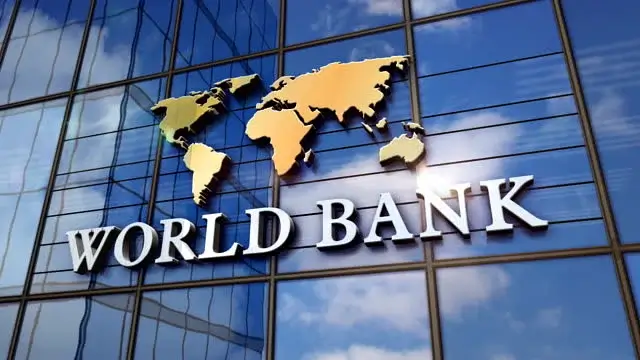WASHINGTON: Global economic growth will drop sharply from 5.5 per cent in 2021 to 4.1 per cent in 2022 and dip further to 3.2 per cent in 2023 due to fresh threats from COVID-19 variants and a rise in inflation, debt and income inequality, the World Bank said in a report.
According to the World Bank’s latest Global Economic Prospects report, following a strong rebound in 2021, the global economy is entering a pronounced slowdown amid fresh threats from COVID-19 variants and a rise in inflation, debt, and income inequality that could endanger the recovery in emerging and developing economies.
“The world economy is simultaneously facing COVID-19, inflation, and policy uncertainty, with government spending and monetary policies in uncharted territory. Rising inequality and security challenges are particularly harmful to developing countries,” World Bank Group President David Malpass said in the report released on Tuesday.
“Putting more countries on a favourable growth path requires concerted international action and a comprehensive set of national policy responses,” Malpass said.
The rapid spread of the Omicron variant indicates that the pandemic will likely continue to disrupt economic activity in the near term. In addition, a notable deceleration in major economies–including the United States and China–will weigh on external demand in emerging and developing economies.
At a time when governments in many developing economies lack the policy space to support activity if needed, new COVID-19 outbreaks, persistent supply-chain bottlenecks and inflationary pressures, and elevated financial vulnerabilities in large swaths of the world could increase the risk of a hard landing, the World Bank said.
The slowdown will coincide with a widening divergence in growth rates between advanced economies and emerging and developing economies. Growth in advanced economies is expected to decline from 5 per cent in 2021 to 3.8 per cent in 2022 and 2.3 per cent in 2023–a pace that, while moderating, will be sufficient to restore output and investment to their pre-pandemic trend in these economies.
In emerging and developing economies, however, growth is expected to drop from 6.3 per cent in 2021 to 4.6 per cent in 2022 and 4.4 per cent in 2023.
“By 2023, all advanced economies will have achieved a full output recovery; yet output in emerging and developing economies will remain 4 per cent below its pre-pandemic trend,” the World Bank report noted.
For many vulnerable economies, the setback is even larger: output of fragile and conflict-affected economies will be 7.5 per cent below its pre-pandemic trend, and output of small island states will be 8.5 per cent below. Meanwhile, rising inflation–which hits low-income workers particularly hard–is constraining monetary policy.
Globally and in advanced economies, inflation is running at the highest rates since 2008. In emerging market and developing economies, it has reached its highest rate since 2011. Many emerging and developing economies are withdrawing policy support to contain inflationary pressures–well before the recovery is complete. (ANI)







